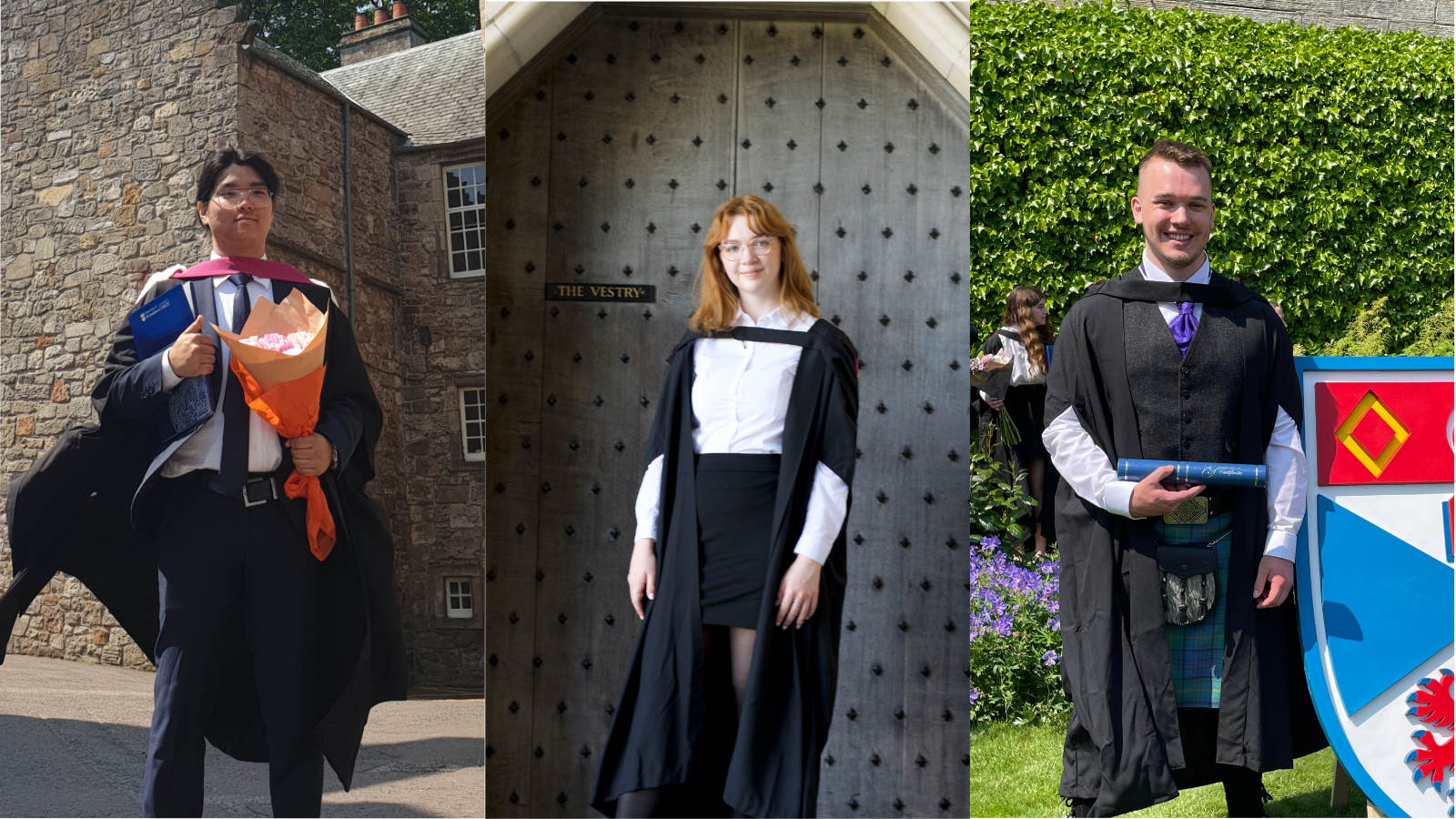Congratulations to Seohyun, Rebecca and Lewis to their graduation this week and great results in their final year projects! Looking forward to welcome and work with Rebecca and Seohyun as PhD students in the School from September, Rebecca in the group and Seohyun with Bernd Braunecker and Luke Rhodes.
Uncategorized
Magnetic-field controlled nematicity
 Read in our new preprint by Masahiro and Izidor about how we can control nematicity in the surface layer of Sr3Ru2O7 by vector magnetic fields. Dependent on the direction of the applied field, we find checkerboard charge modulations, nematicity and stripe modulations which can all be explained from a minimal tight-binding model that accounts for magnetism and spin-orbit coupling. Key open question: can the same minimal model explain the behaviour in the polarized phase in the bulk?
Read in our new preprint by Masahiro and Izidor about how we can control nematicity in the surface layer of Sr3Ru2O7 by vector magnetic fields. Dependent on the direction of the applied field, we find checkerboard charge modulations, nematicity and stripe modulations which can all be explained from a minimal tight-binding model that accounts for magnetism and spin-orbit coupling. Key open question: can the same minimal model explain the behaviour in the polarized phase in the bulk?
Full reference:
M. Naritsuka, I. Benedičič, L.C. Rhodes, C.A. Marques, C. Trainer, Z. Li, A.C. Komarek, and P. Wahl, Compass-like manipulation of electronic nematicity in Sr3Ru2O7, arxiv/2305.11210.
New preprint: QPI of the Van Hove singularity in Sr₄Ru₃O₁₀
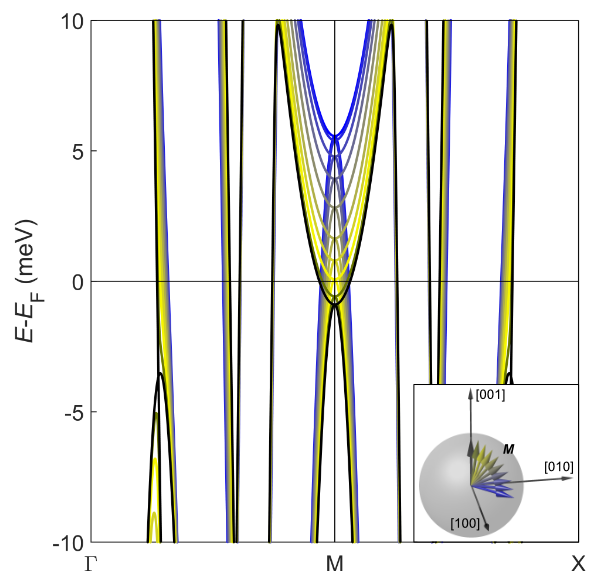 Read in Carolina’s new preprint on the Van Hove singularity in Sr4Ru3O10 how we can use quasi-particle interference imaging to identify its symmetry, spin and orbital character. Our results hint at a new mechanism for a magnetic-field-driven Lifshitz transition.
Read in Carolina’s new preprint on the Van Hove singularity in Sr4Ru3O10 how we can use quasi-particle interference imaging to identify its symmetry, spin and orbital character. Our results hint at a new mechanism for a magnetic-field-driven Lifshitz transition.
Full reference:
C.A. Marques, W. Osmolska, I. Benedičič, L.C. Rhodes, M. Naritsuka, R. Arumugam, V. Granata, R. Fittipaldi, A. Vecchione, and P. Wahl, Symmetry, spin and orbital character of a Van-Hove singularity in proximity to a Lifshitz transition in Sr4Ru3O10, arxiv/2303.05587.
Meet us at the APS March Meeting 2023

Meet members of the group and hear about our research at the following contributions at the APS March meeting in Las Vegas:
- Olivia Armitage on Wd, March 8, 1:18pm, Room 305 on Scanning tunnelling microscopy of a two-dimensional magnetic material
- Peter Wahl on Th, March 9, 9:48am, Room 221 on Spectroscopic imaging of a magnetic-field-induced Lifshitz transition in Sr3Ru2O7
- Izidor Benedičič on Fri, March 10, 10:12am, Room 305 on Compass-like manipulation of electronic structure in Sr3Ru2O7
Inferring information about a 3D electronic structure from a 2D measurement.
 For some shapes, we can relatively easily infer what their 3D shape will have been from only looking at their 2D projections – at least for some directions. Read in Luke’s new paper in Phys. Rev. B to find out how this works for Quasiparticle Interference Imaging in cases where we probe a three-dimensional electronic structure at the surface of the material.
For some shapes, we can relatively easily infer what their 3D shape will have been from only looking at their 2D projections – at least for some directions. Read in Luke’s new paper in Phys. Rev. B to find out how this works for Quasiparticle Interference Imaging in cases where we probe a three-dimensional electronic structure at the surface of the material.
Original reference:
Luke C. Rhodes, Weronika Osmolska, Carolina A. Marques, and Peter Wahl, Nature of quasiparticle interference in three dimensions, Phys. Rev. B 107, 045107 (2023).
Uncovering the secrets of metamagnetic Sr4Ru3O10: How electronic structure and symmetry shape its behavior
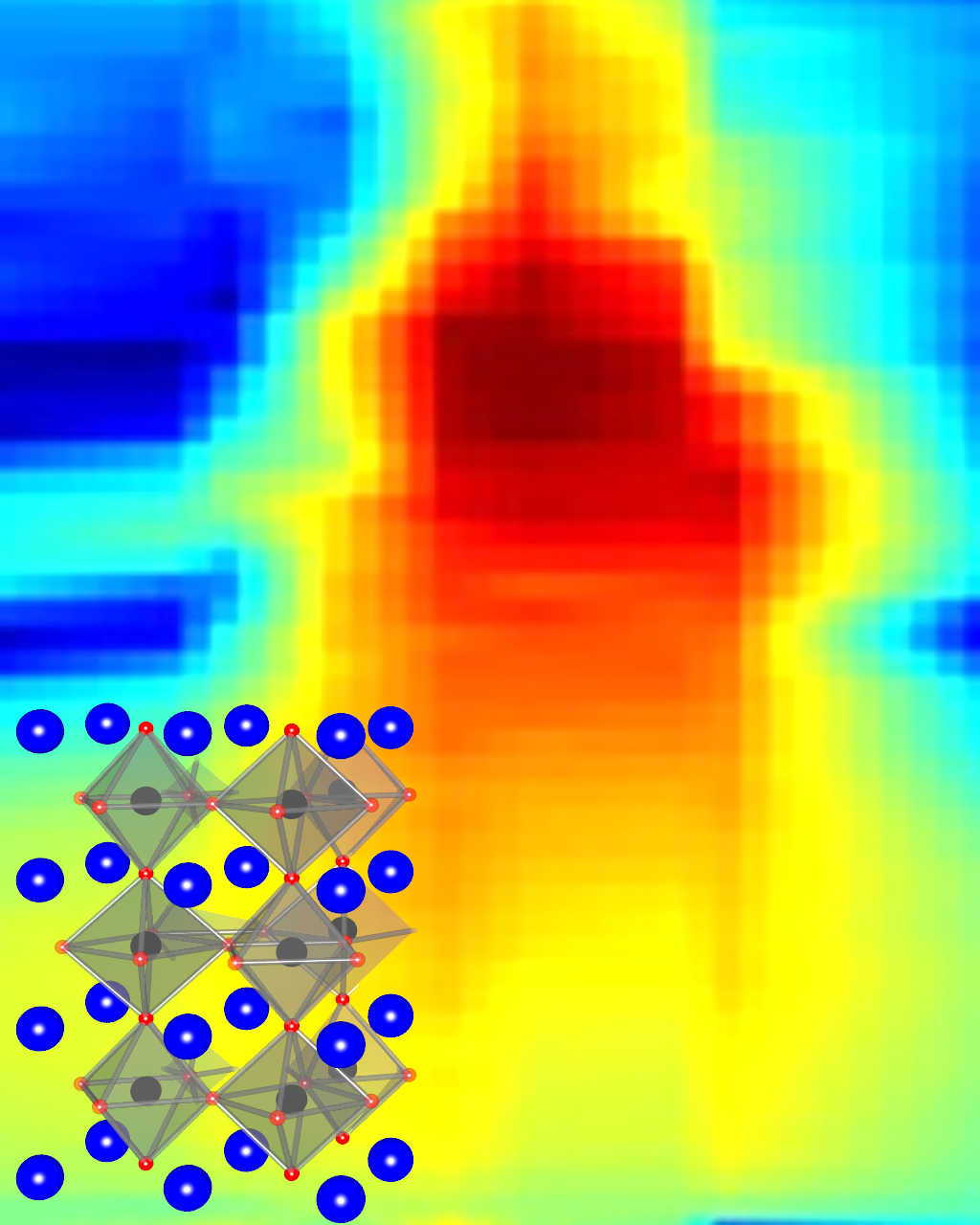 Metamagnetic materials, like Sr4Ru3O10, have potential applications for spintronics and novel information technologies, which involves using the spin of electrons in devices. In this study, we used advanced spectroscopic techniques to investigate Sr4Ru3O10 and understand between the electronic structure, crystal symmetries, spin-orbit coupling and magnetism. We used low temperature scanning tunneling microscopy and spectroscopy to study the material’s metamagnetism. Our results provide new insights into how the electronic structure of Sr4Ru3O10 influences its properties, which could potentially be useful for developing new spintronic devices.
Metamagnetic materials, like Sr4Ru3O10, have potential applications for spintronics and novel information technologies, which involves using the spin of electrons in devices. In this study, we used advanced spectroscopic techniques to investigate Sr4Ru3O10 and understand between the electronic structure, crystal symmetries, spin-orbit coupling and magnetism. We used low temperature scanning tunneling microscopy and spectroscopy to study the material’s metamagnetism. Our results provide new insights into how the electronic structure of Sr4Ru3O10 influences its properties, which could potentially be useful for developing new spintronic devices.
Read more in our paper in Phys. Rev. B.
Imaging a Lifshitz transition
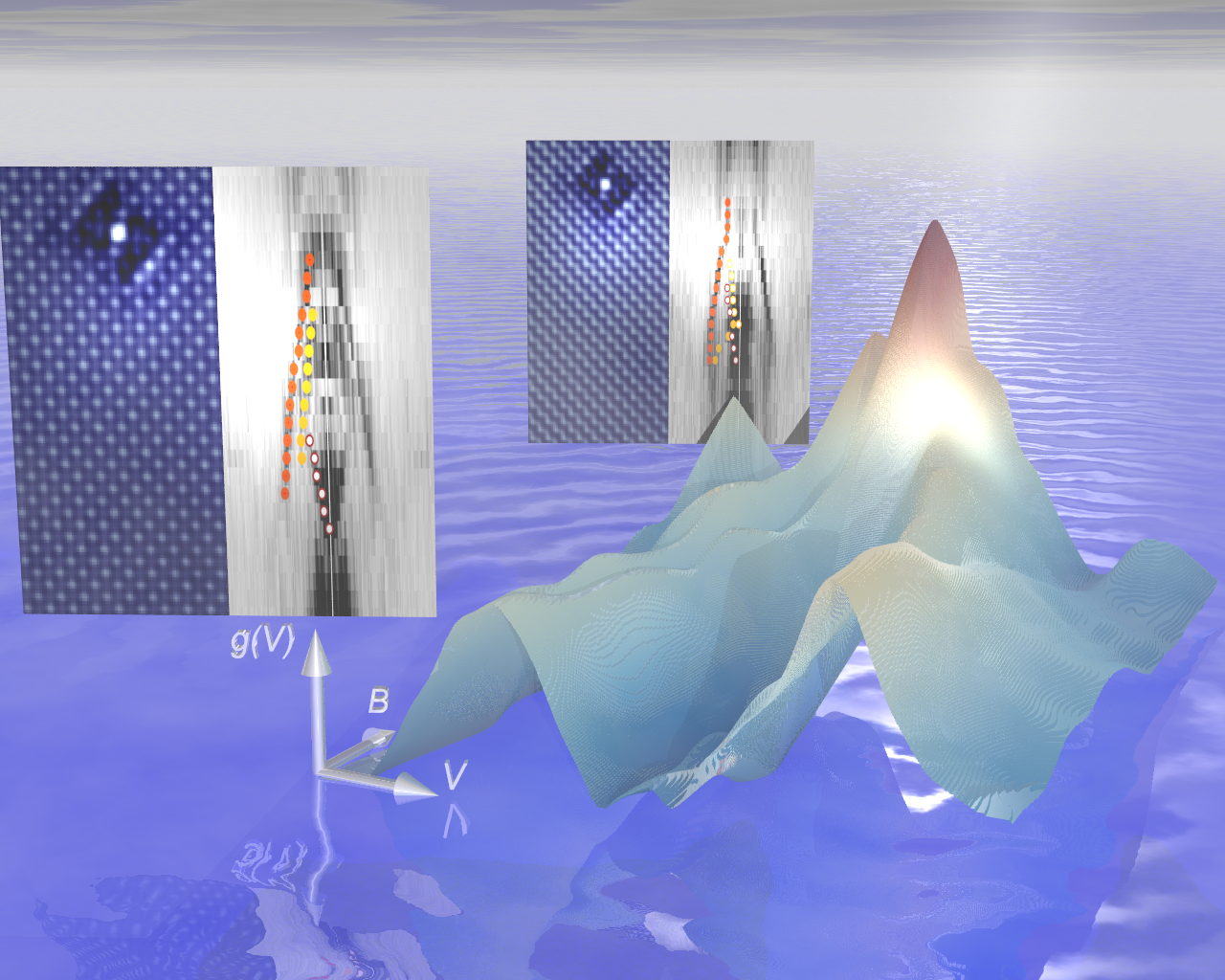 How does a Lifshitz transition look like in real space? Cool data hot off the press in Carolina and Luke’s new paper in Science Advances (here), imaging a magnetic-field induced Lifshitz transition in the surface layer of Sr3Ru2O7 with our millikelvin STM. Lot’s of new puzzles. For example, why do stripes appear in magnetic field? Why is QPI so anisotropic? What does the behaviour of the surface tell us about the bulk? Stay tuned for more!
How does a Lifshitz transition look like in real space? Cool data hot off the press in Carolina and Luke’s new paper in Science Advances (here), imaging a magnetic-field induced Lifshitz transition in the surface layer of Sr3Ru2O7 with our millikelvin STM. Lot’s of new puzzles. For example, why do stripes appear in magnetic field? Why is QPI so anisotropic? What does the behaviour of the surface tell us about the bulk? Stay tuned for more!
Domain walls in a van der Waals ferromagnet.
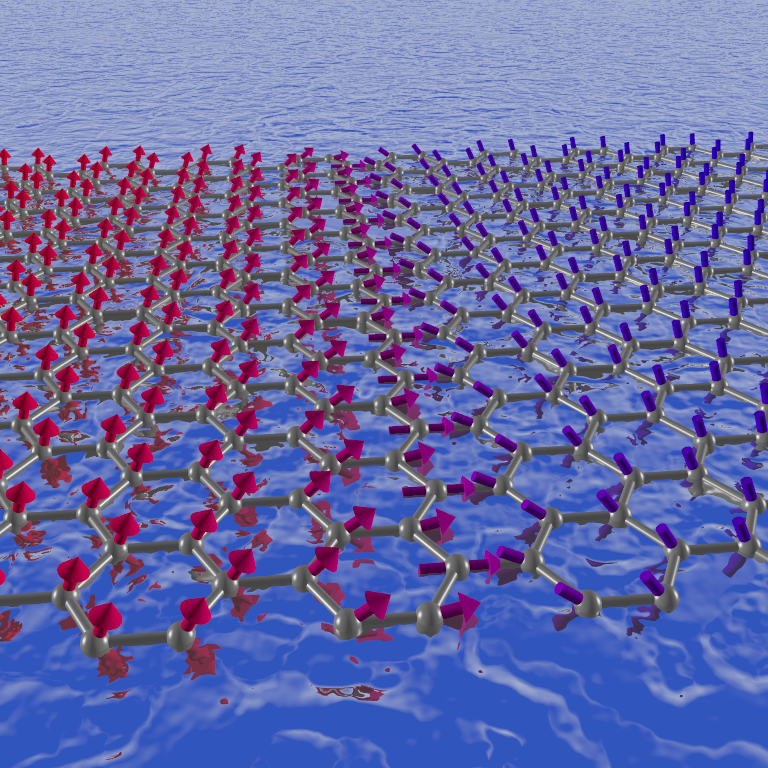 Can we link the shape of a domain wall in a van der Waals (vdW) ferromagnet to microscopic interaction parameters? Yes we can! Read our new paper to find out how we can link the details of the magnon dispersion from neutron scattering to the shape of a domain wall as measured by spin-polarized STM in the vdW ferromagnetic metal Fe3-xGeTe2.
Can we link the shape of a domain wall in a van der Waals (vdW) ferromagnet to microscopic interaction parameters? Yes we can! Read our new paper to find out how we can link the details of the magnon dispersion from neutron scattering to the shape of a domain wall as measured by spin-polarized STM in the vdW ferromagnetic metal Fe3-xGeTe2.
Meet us at CMQM2022
 Meet us and hear about our research at the CMQM 2022 conference in Bath (20-22 June 2022). Here is a list of our contributions:
Meet us and hear about our research at the CMQM 2022 conference in Bath (20-22 June 2022). Here is a list of our contributions:
- Carolina de Almeida Marques on Monday, 15:25pm: Atomic-scale imaging of emergent order at a magnetic-field-induced Lifshitz transition.
- Olivia Armitage on Monday, 16:00pm (invited): Spin-polarised imaging and quasi-particle interference of the van-der-Waals ferromagnet Fe3GeTe2.
- Liam S. Farrar on Tuesday, 12:00pm: Electronic and magnetic structure of Fe3Sn2 characterised by scanning tunnelling microscopy.
- Luke C. Rhodes on Wednesday, 11:30am: Imaging the field-induced changes in the electronic structure of metamagnetic Sr4Ru3O10.
- Izidor Benedičič on Wednesday, 11:45am: Compass-like manipulation of nematicity in Sr3Ru2O7.
- Daniel Halliday with a poster on Revisiting the surface reconstruction of Sr2RuO4.
Congratulations!
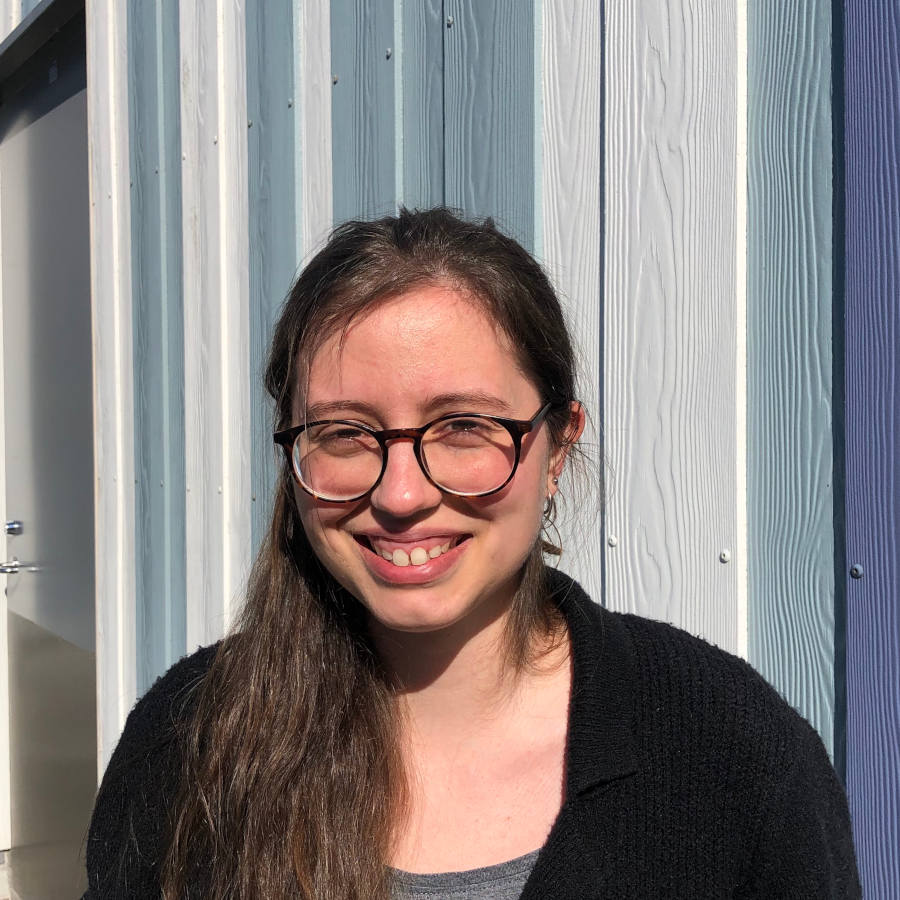 Congratulations to Carolina Marques who was awarded the IOP Superconductivity Group Thesis Prize for “the best thesis in the field of superconductivity submitted for a PhD in the UK or Ireland in a given year”!👏
Congratulations to Carolina Marques who was awarded the IOP Superconductivity Group Thesis Prize for “the best thesis in the field of superconductivity submitted for a PhD in the UK or Ireland in a given year”!👏
In her thesis on “Imaging emergent correlated phases in the strontium ruthenates” Carolina has used ultra-low temperature STM to map out exotic electronic states found at the surfaces of ruthenates, revealing novel phases, a plethora of van-Hove singularities and a hitherto largely unexplored new playground to study correlated electron physics.

